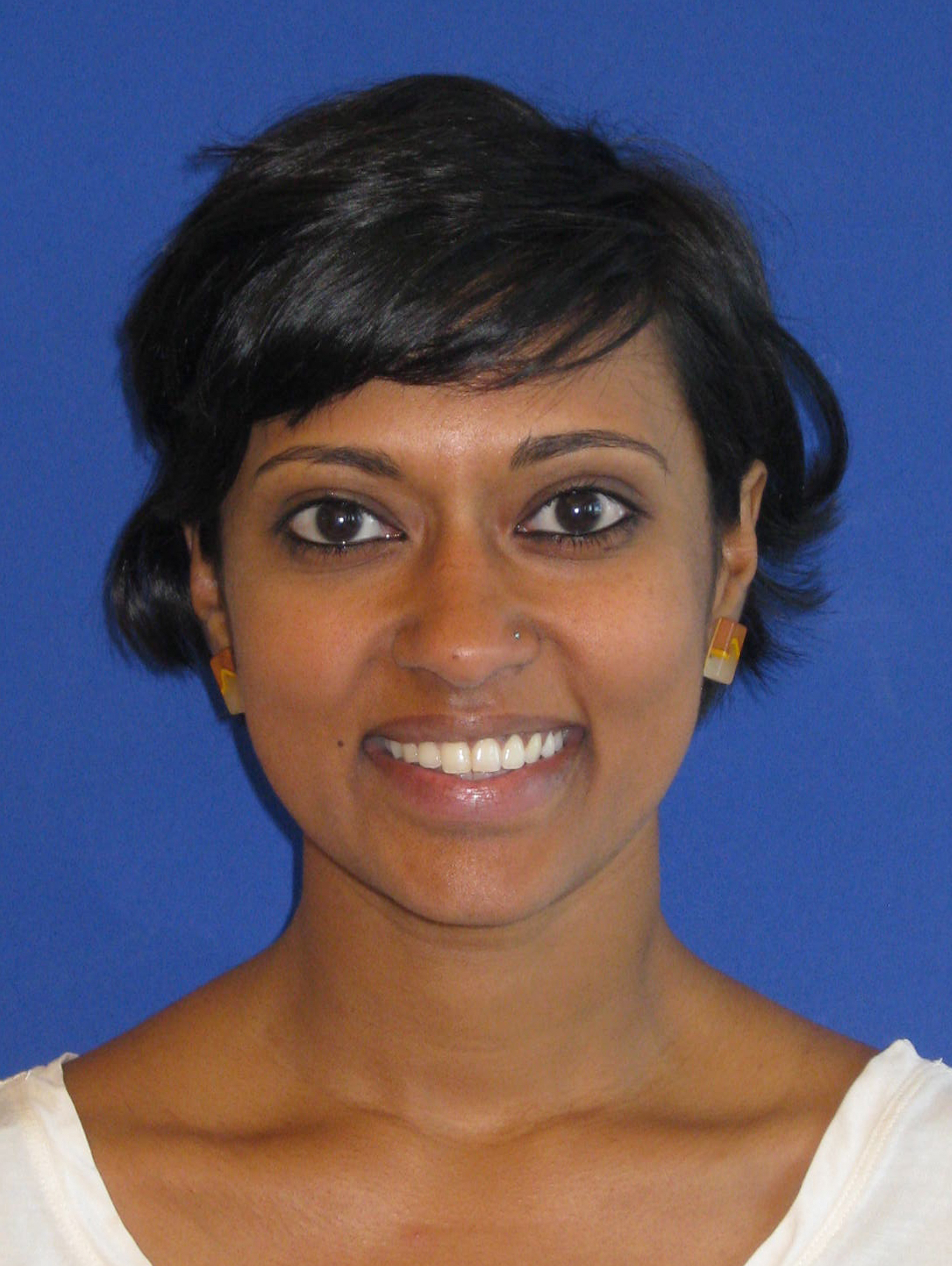Pictures Speak: Helping Teens Capture Resilience in Face of Adversity

Neeti Doshi, MD, MPH
October 21, 2016
The first time I met N, a 13-year-old female with chronic abdominal pain, anxiety, depression and history of sexual abuse, I was two months into my intern year. I remember reading through the sign-out from a graduating resident as I rode the shuttle to a continuity clinic at San Francisco General, secretly hoping this patient wouldn't show up.
What could I possibly accomplish to help this girl in a 15-minute visit? Would she even want to talk to me? I was bright-eyed and overwhelmed, with inpatient notes to finish, three other patients to see in clinic, and immunization schedules jumbled in my head. Luckily, although it may not have felt fortunate at the time, N did show up. The relationship we built continues to inform my clinical practice today.

The battles N was facing were not unusual. The breadth and depth of adolescent depression and anxiety, particularly in low-income communities, is well established. Nationally, 15-20 percent of young people experience a depressive disorder before age 18. In San Francisco county, the prevalence is even higher: approximately 1 in 4 teens in grades 7, 9, and 11 acknowledged having had depression-related feelings during the past year, studies show, with higher rates among Latino and African-American youth.
"Nationally, 15-20 percent of young people experience a depressive disorder before age 18."
Despite the substantial burden of adolescent depression and evidence-based guidelines for treatment, accessing effective treatment remains a significant challenge. In 2011-2012, only 32 percent of adolescents in California who reported needing help for emotional or mental health problems said they received counseling.

As a resident pediatrician at San Francisco General at the time, the consequences of this data was palpable, particularly when depressed teens would return for follow-up each week only to find their PHQ-9 depression screening score was the same if not worse. Was I asking the wrong questions?
Fueled by these experiences, a co-resident and I designed a project included in the American Academy of Pediatrics' Section on Pediatric Trainees FACEPoverty initiative aimed to better understand our adolescent patients with depression and inform our perspective as clinicians. We employed PhotoVoice, a qualitative research methodology that uses photography to empower participants to inform others and actively engage in decisions that affect their lives.

Meeting weekly with a group of adolescents carrying a diagnosis of depression, we unpacked photographs they took and reflected on where they found resilience--the ability to adapt and persist in the face of adversity. For many of our adolescents who suffered varying degrees of emotional and physical trauma, this translated to identifying moments of hope and strength despite the social chaos surrounding them. Photos ranged from street corners to self-portraits, from broken glass to landscapes, from family members to seemingly random objects, each with their own specific story.
"As a practicing pediatrician, this data has helped me shift my conversations with teens suffering with depression from one that quantifies adversity to one that secures resilience."
Our analysis of these narratives revealed three major themes that captured the teens' capacity for resilience: 1) embracing adolescence as a time of positive growth; 2) staying true to one's self despite feeling misunderstood; and 3) drawing upon the courage and beauty in their external environment. Beyond feeling hopeless or sad, our participants described a distinct optimism for their future.

As a practicing pediatrician, this data has helped me shift my conversations with teens suffering with depression from one that quantifies adversity to one that secures resilience. But while the process of promoting resilience can start in a clinic, we cannot effectively serve as teens' only resources to help deflect the effects of toxic stress. Adolescents living in low-income, urban environments often face complex realities that merit a complex approach, one that requires a collaborative effort between providers, our patients, their families, community institutions and administrators to change policies and entire systems of care.
N, the 13 year-old female with a laundry list of diagnoses, was part of this project. Her images, along with those of her peers, provide a glimpse into the lives of a diverse, talented and deserving group of adolescents whose adaptive capacity ought never be underestimated. The participants' photographs are a reminder that alongside our clinical acumen, a belief in the populations we serve and a willingness to unlock each individual's "spark" is transformative not only for our patients, but also ourselves
Editor's Note: This is part of a series of "AAP Voices" blog posts exploring issues addressed by the FACE Poverty campaign spearheaded by AAP's Section on Pediatric Trainees.
*The views expressed in this article are those of the author, and not necessarily those of the American Academy of Pediatrics.
About the Author
Neeti Doshi, MD, MPH
Neeti Doshi, MD, a member of the AAP's Section on Pediatric Trainees, recently graduated from the Pediatric Leadership for the Underserved Residency Program at University of California, San Francisco. She is currently a clinical instructor and attending physician within the UCSF/Zuckerberg San Francisco General Department of Pediatrics.